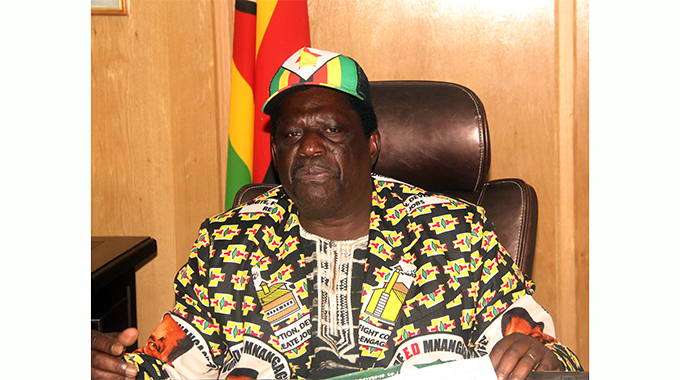Govt to introduce new Labour Force framework
Michael Magoronga Midlands Correspondent
Government will this year introduce a new framework for Statistics of Works, Employment and Labour utilisation as a way of responding to the latest trends and dynamics in the ever changing labour markets.
The new framework will be introduced through the Zimbabwe National Statistics Agency, (ZIMSTATs).
Zimbabwe will introduce it during its 2019 Labour Force and Child Labour Survey (LFCLS) following its adoption at the 19th International Conference of Labour Statistics (ICLS) in 2013 and its subsequent approval by the International Labour Organisation (ILO) governing body in 2014.
Zimbabwe conducts a LFCLS every five years and has been lagging behind as it was still using an old framework since 1988.
Officially opening a Stakeholders’ Sensitisation Workshop on the 2019 labour force survey at King Solomon’s Hotel in Kwekwe yesterday, the Permanent Secretary for Public Service, Labour and Social Welfare, Dr Judith Kateera, said the new framework was in line with the country’s National Vision 2030.
“Accordingly, the need for regularly updated indicators relevant to the world cannot be overemphasised, hence the need to work towards having biennial if not annual labour force surveys,” she said.
Dr Kateera said the adoption of the new standards which have already been adopted by most countries, will ensure that the country keeps abreast with best practices in the production of Statics of Work.
“The new framework was adopted in response to the dynamics of labour and changing patterns of work,” she said. “These trends in the labour markets require policy makers to respond to the needs of different target groups, hence the need for more comprehensive information relevant for diverse users.”
Government recently launched the Zimbabwe Labour Migration Policy, a standard Dr Kateera said her ministry was keen to see being applied on a larger scale to allow for gathering of comprehensive information that is key for socio-economic development of the country. The new survey standards, now confines employment to work performed for others in exchange for pay or profit and now excludes own use production and volunteer work. It also broadens the labour underutilisation category redefining the potential labour force to include the groups who are classified as outside the labour force, but have an unmet need for employment.
Addressing the same gathering, acting ZIMSTAT director general Ms Taizivei Mungate said the changes needed to be well communicated to all policy makers in Government, civil society, politicians and the general public for the results of the survey to be accepted and meaningfully used, hence the training workshop.






Comments